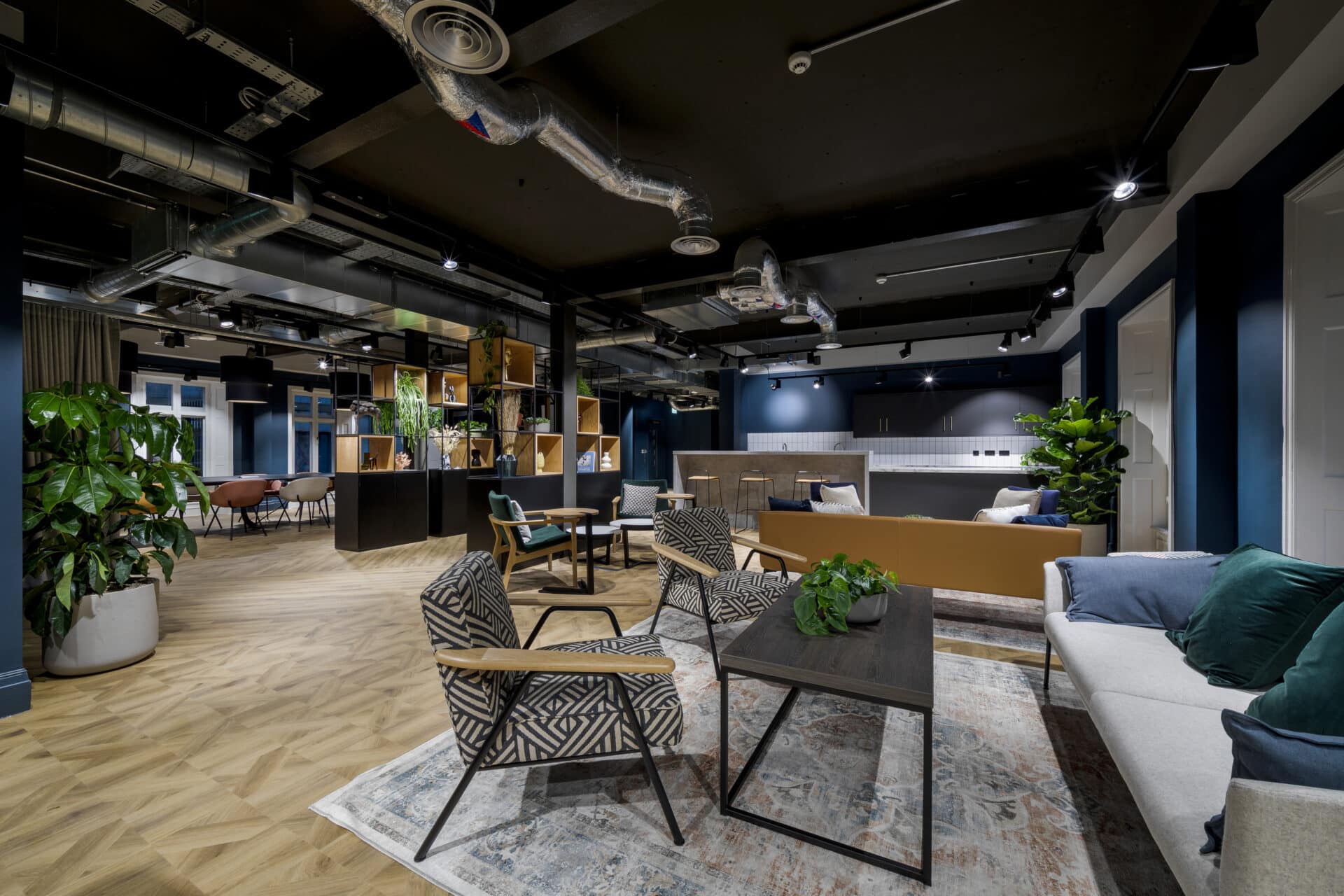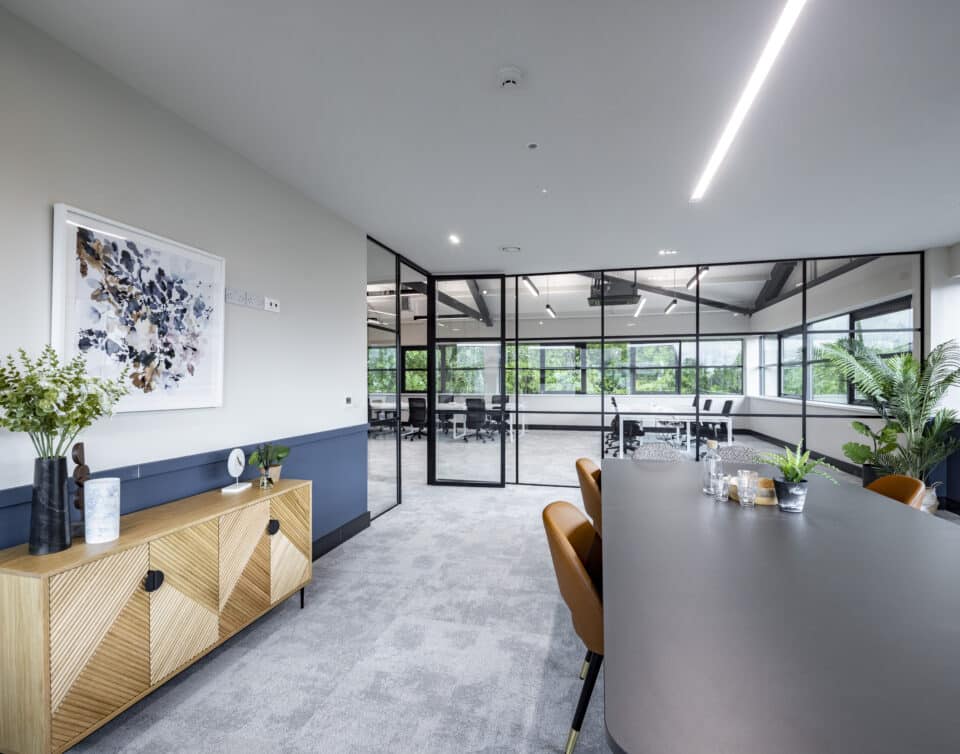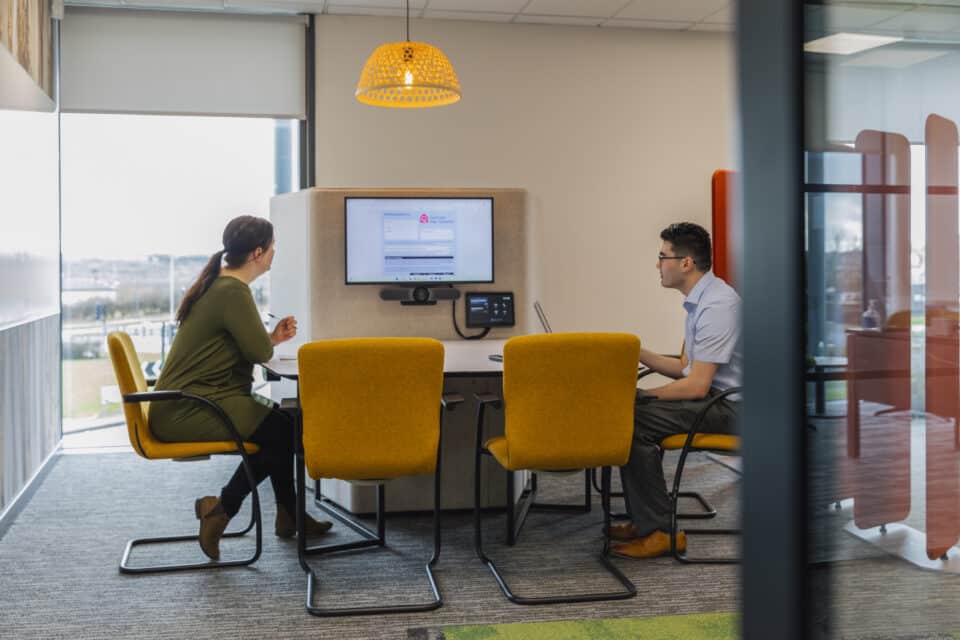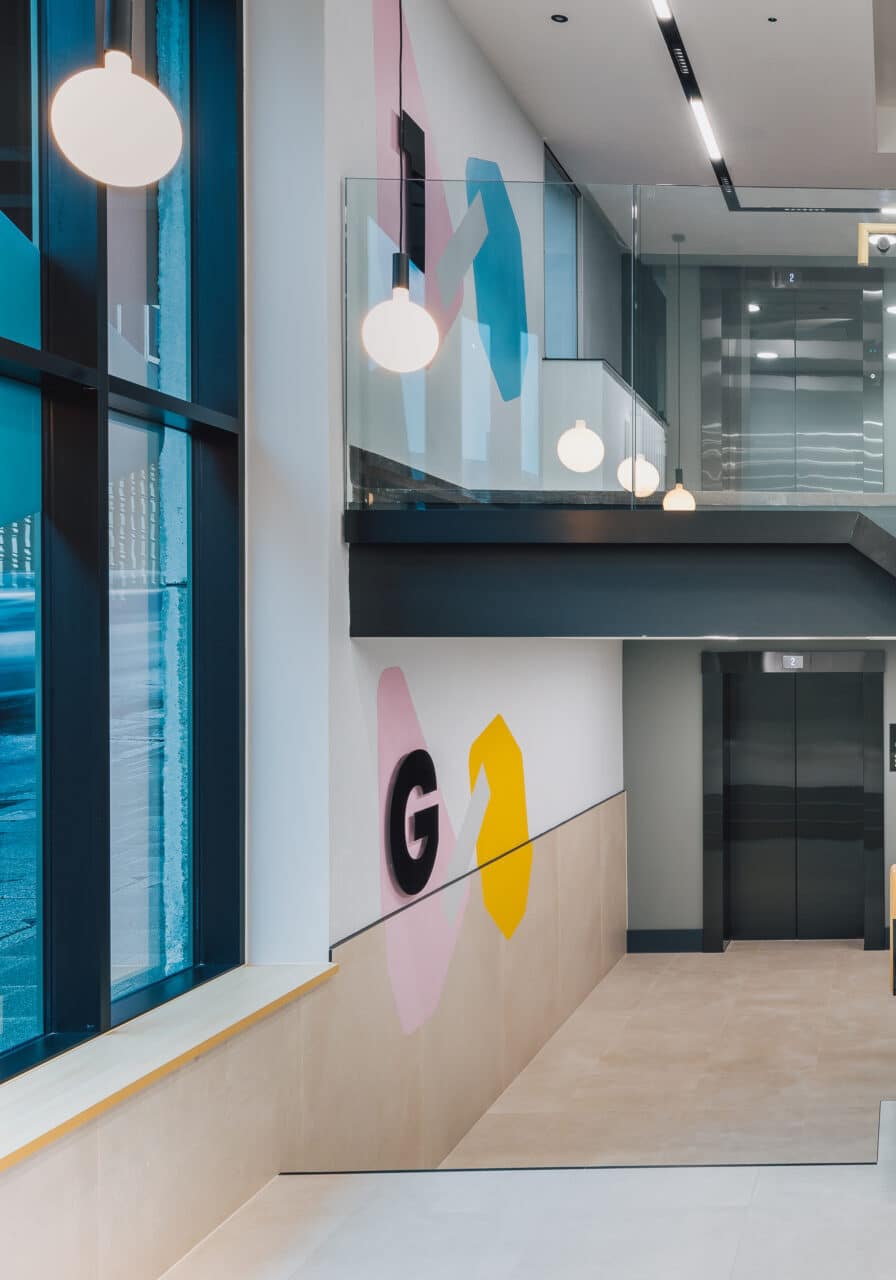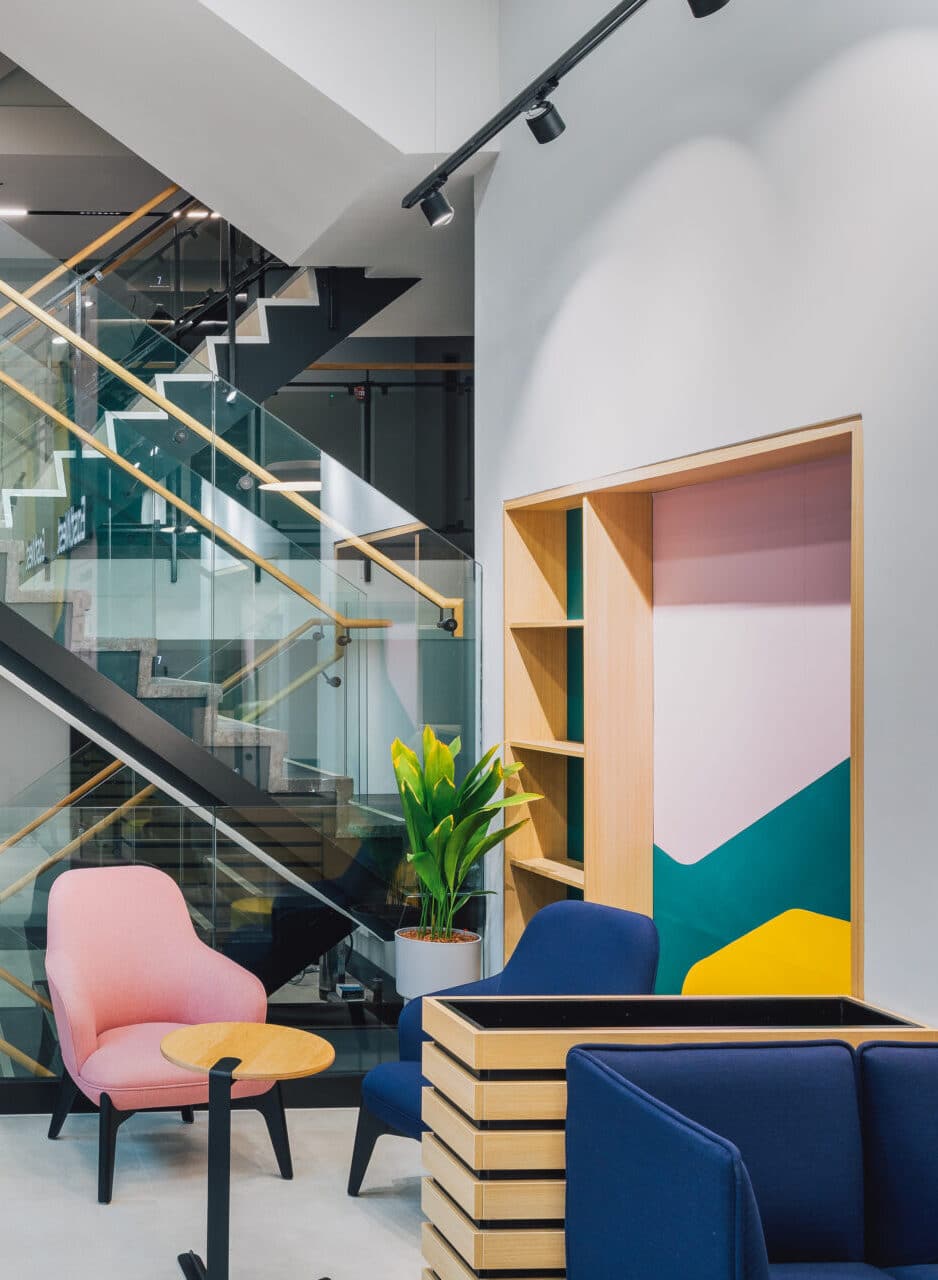Allowing employees autonomy over how and where they work has long proven to significantly increase productivity, engagement, and innovation. A hybrid working pattern gives employees the power to arrange their day around tasks and outcomes, rather than habit and obligation. Remote bases provide focused zones and enable a better work-life balance, whilst offices become central hubs for collaboration, coaching and networking.
This shift will require a significant culture change and policies to support it. Experiences of working from home will be completely unique and it’s important employers distinguish between those that are specific to the crisis and which lessons can be taken forward.
What is Hybrid Working?
Now more than ever, employees are expecting business leaders to empathise with problems and reach currently unmet needs.
There is a direct correlation between an employee’s satisfaction with their homeworking situation and their engagement and productivity. The mandated overnight shift to homeworking didn’t allow for careful planning or choice. These are challenges to be learnt from, rather than factors used to judge the effectiveness of homeworking arrangements in “normal” times. Going forwards, effective communication prevents poor information flow, knowledge gaps and barriers to team collaboration.
So, how do you make things more hybrid?
